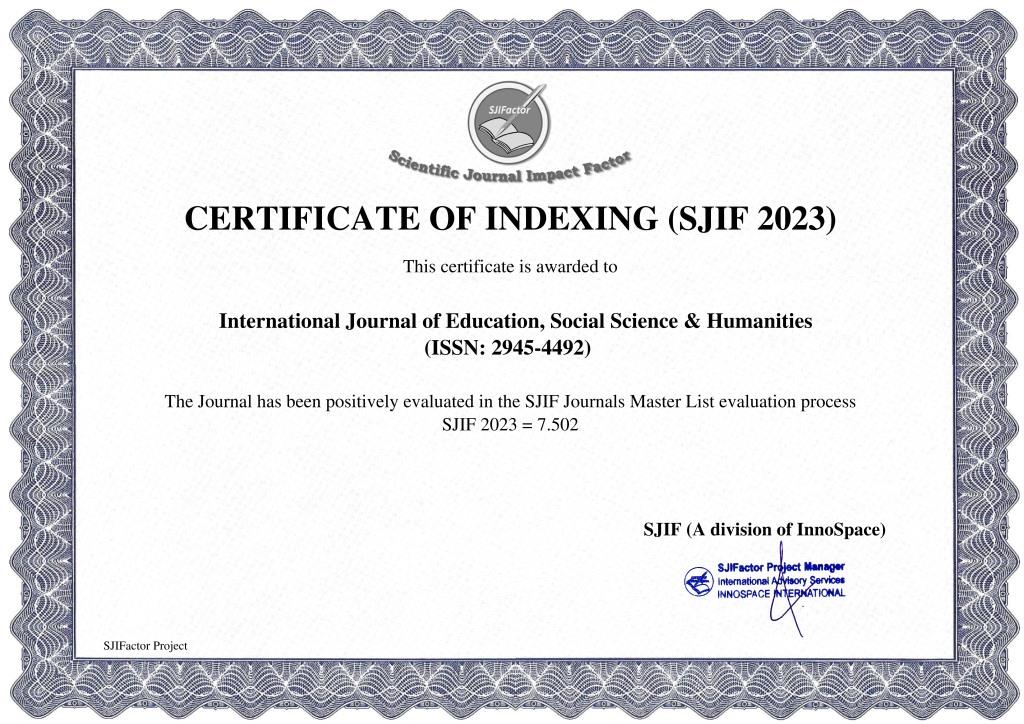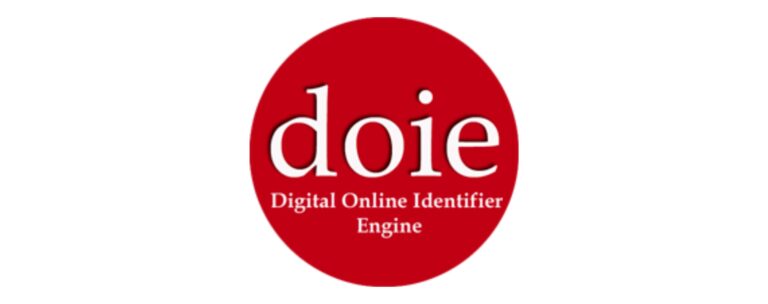PERCEPTIONS AND ADOPTION OF DIFFERENTIATED INSTRUCTION BY HIGH EDUCATION TEACHERS
Abstract
The awareness of the ever-changing societal-driven structure in general education serves as the foundation for this study of change and the perspectives of instructors who employ differentiated teaching in their classroom. The solitary stand-alone school house was previously the location for teachers who were faced with the onerous challenge of training a diverse range of children of varying ages and skills. What are today regarded important elements in differentiating kids, such as cognitive capacities, age levels, and cultural background, were unimportant at the time. The most common degree required for potential teachers to help children learn to retain and recite knowledge was general education (Bantis, 2008). Anderson and Tomlinson said that using different ways to teach is not something new. When schools only had one room since a long time ago. It was used in teaching as mentioned in Fandino (2008). Teaching has been difficult because there are many students of different abilities and levels in the classroom. Teachers understand that every student learns differently, and not every activity is helpful for everyone. Ismajli and Morina (2018) said that not everyone learns in the same way or at the same pace, and they may have different interests and behaviors (quoted in Abbey Zens, 2021, p12). This theory says that everyone learns in their own time and using different methods. Different types of learning and thinking are very important for making lessons, activities, and teaching methods that work for everyone. If teachers create lessons and activities that match the way their students learn best, it can make them more interested and motivated to learn.
References
About Education Website: What are the common core state standards. Retrieved (November 30, 2016) from http://teaching.about.com/od/assess/a/Common-CoreStandards.html
Adams, R. D., and Martray, C. (1981). Teacher Development: A study of factors related to teacher concerns from Pre, beginning and experienced teachers. Retrieved (November 30, 2016) from eric.ed.gov/?id=ED200591
Allcock, S. J., Hulme, J.A. (2010). Learning styles in the classroom: Educational benefit or planning exercise? Psychology Teaching Review.
Alsalhi, N. et.all. (2021). Impact of using the differentiated instruction (DI) strategy on student achievement in an intermediate stage science course. International Journal of Emerging Technologies in Learning (Online), 16(11), 25. doi: https://doi.org/10.3991/ijet.v16i11.22303
Bender.indp (no date).Differentiated Instruction Then and Now. https://us.corwin.com/sites/default/files/upm-assets/50371_book_item_50371.pdf .
Fandino C. (2008). The importance of differentiated instruction to student involvement, motivation, and learning Emily.
Fullan, M. (2007). The new meaning of educational change. New York: Teachers College Press.
Chung, S.F. (2005). Putting students’ differences in perspectives: An introduction to the individual developing model. Asian EFL Journal. https://www.asian-efljournal.com/main-editions-new/putting-students-differences-in-perspectives-an-introduction-to-theindividual-developing-model.
Gardner H.(1995). Multiple Intelligences.The English Journal. Vol. 84. National Council of Teachers of English Stable. URL: https://www.jstor.org/stable/821182.
Grain et al.(2022). Differentiated Instructions effect on Academic Achievements of Level 2 English Students. A Case on Iraq Public Sectors Universities. Eurasian Journal of Applied Linguistics 8. http://dx.doi.org/10.32601/ejal.911544
Lewis, L. C., Rivera, A. and Roby, D. (2021). Identifying and Serving: Culturally and Linguistically Diverse Gifted Students. Routledge. doi: https://doi.org/10.4324/9781003235651
Malacapay, M. C. (2019). Differentiated Instruction in Relation to Pupils’ Learning Style. International Journal of Instruction. https://doi.org/10.29333/iji.2019.12440a
Mills, G. (2018). Action research: A guide for the teacher researcher. Pearson Education, Inc.
Paladina, G. (2015). A qualitative action research study of differentiated instruction in an elementary mathematics classroom in central Pennsylvania.[Dissertation] ProQuest Dissertations Publishing.
Sener, S. and Cokcaliskan A. (2018). An investigation between multiple intelligences and learning styles. Journal of Education and Training Studies.
Suprayogi, M. N. and Valcke, M. (2016). Differentiated instruction in primary schools: Implementation and challenges in Indonesia. PONTE JOURNAL. doi: http://dx.doi.org/10.21506/j.ponte.2016.6.1
Tomlinson, C.A. (1999) “Mapping a route toward differentiated instruction”. Educational Leadership.
Tomlinson, C. A. (2001). How to Differentiate Instruction in Mixed-ability Classrooms. Association for Supervision and Curriculum Development. https://books.google.com.pk/books?id=A7zI3_Yq-lMC
Tomlinson, C. A. (2005). Differentiating Instruction: Why Bother? National Middle School Association. https://eric.ed.gov/?id=ED497093
Tomlinson, C. A. (2014). The Differentiated Classroom: Responding to the Needs of All Learners, 2nd Edition. ASCD. https://books.google.com.pk/books?id=CLigAwAAQBAJ
Tomlinson, C. A. and McTighe, J. (2006). Integrating Differentiated Instruction and Understanding by Design: Connecting Content and Kids. Association for Supervision and Curriculum Development. https://books.google.com.pk/books?id=OmiaaeNRCX4C
Vygotsky. L. (1978). Mind in society: The development of higher psychological process. London: Harvard University Press.
Weselby C. (2022). What Is Differentiated Instruction? Examples of How To Differentiate Instruction In The Classroom. Tips for Teachers and Classroom Resource 8.
Winarti, A., Yuanita, L., and Moh, N.(2019). The effectiveness of multiple intelligences based teaching strategy in enhancing the multiple intelligences and science process skills of junior high students. Journal of Technology and Science Education.
Yavuz, A. C. (2020). The effects of differentiated instruction on Turkish students’ L2 achievement, and student and teacher perceptions. Eurasian Journal of Applied Linguistics, 6(2), 313-335. doi: https://doi.org/10.32601/ejal.7760022
Zens A. (2021). The Impact of Differentiated Learning Activities on Student Engagement and Motivation in the English Language Arts Classroom Winter. de3755kg@go.minnstate.edu.














